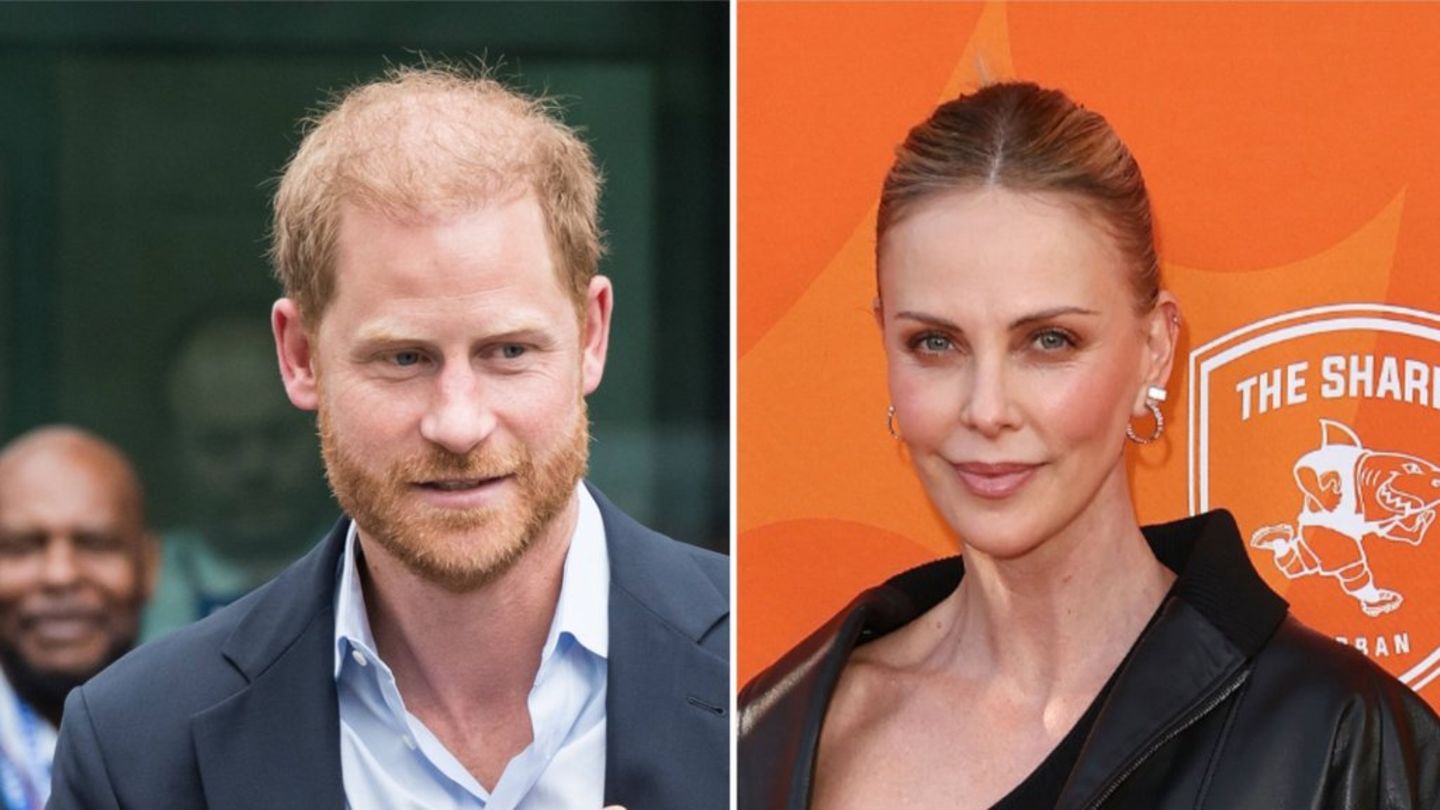While critical candidates are largely excluded from the elections, many people in Iran do not want to vote this time. Many experts are more interested in something else than the result.
After a four-hour extension, the elections in Iran ended without major incidents. The nearly 60,000 polling stations nationwide were open from 8 a.m. to midnight local time. The first results are expected this weekend. According to state media, schools will be closed on Saturday, the start of the Iranian week, because of the election delay.
Around 61 million people were called upon to elect a new parliament (Majles) and the Council of Experts, an influential body of Islamic clerics. Numerous critical candidates were excluded before the elections by the so-called Guardian Council. The population is disillusioned by failed reform attempts in recent decades. Many people didn’t want to vote.
Religious leader Ayatollah Ali Khamenei opened the elections by casting his vote in a high-security zone. “The eyes of the world’s people and politicians are on Iran,” Khamenei told reporters. “Both friends and enemies,” he added. The state leadership had been promoting the elections for weeks.
First information on true participation
According to an initial report, voter turnout was around 41 percent. As the pro-government Fars news agency reported that night, around 25 of 61 million eligible voters cast their votes. The information cannot be independently verified. It would still be the lowest voter turnout in the history of the Islamic Republic after 42.6 percent turnout in the 2020 parliamentary election.
There has recently been little electoral mood in the capital Tehran. Many people are disillusioned after failed reform attempts in recent decades and plan to stay away from the vote. The camp of reform politicians is extremely weakened. As a result, conservative forces in particular are fighting for power. These are the first elections after the women-led protests in autumn 2022. Well-known activists, including the imprisoned Nobel Peace Prize winner Narges Mohammadi, called for a boycott.
In the snowy north of the capital Tehran, few want to give their opinion on the elections. “These elections are just a facade and have no impact on the future of the country,” complained a young barista. “The economic situation is getting worse every day,” he added. A 27-year-old woman made similar comments. She used to vote, but not anymore.
“The repression of people during the protests had a negative impact on voter turnout,” she said. In the conservative south of the capital, more people are going to the polls. “Voting is a religious obligation,” said one 23-year-old. “I just hope that the politicians don’t disappoint us.”
Political system between theocracy and republic
The political system of the Islamic Republic has combined theocratic and republican elements since the 1979 revolution. The 290 seats in parliament, five of which are reserved for religious minorities, are elected by the people every four years. The so-called Guardian Council, an ultra-conservative control body, decides on the ideological suitability of politicians. As a result, citizens can usually only choose from a group of candidates who are loyal to the system. For example, the Guardian Council excluded 5,000 applicants. Nevertheless, a record number of 15,000 Iranians are running.
Candidates do not enter the race with parties, but rather organize themselves through lists. In Tehran, for example, 30 seats are being elected for the National Assembly, and the alliances are presenting 30 candidates each. In the capital, half a dozen conservative groups are vying for dominance. A few days before the election, there were signs of a bitter power struggle between the incumbent parliament speaker Mohammed Bagher Ghalibaf and ultra-conservative camps. The current legislative period ends on May 26th.
The head of state is unlikely to be indifferent to the elections, as recent statements from top politicians and religious leader Ayatollah Ali Khamenei attest. They urged the nation to take part in the voting. In the last parliamentary election in 2020, voter turnout was officially just over 40 percent, the lowest in the history of the Islamic Republic. Many people in Iran are therefore interested in how low the voter turnout will be this time.
Election of the expert council becomes the focus of attention
In addition to the parliament, the Council of Experts is also directly elected by the people. The body, which is elected for eight years, includes 88 Shiite clergy who determine the successor to the religious leader in the event of his death. Khamenei is considered the most powerful man in Iran; the head of state will be 85 years old in April. Only 144 candidates are eligible for the council. The low number was justified by strict theological requirements. Before the elections, the disqualification of the moderate former President Hassan Ruhani, who has been a member of the Council of Experts for more than 20 years, caused criticism.
The Parliament is Iran’s legislative institution. The real power, however, is concentrated in the state leadership with religious leader Khamenei at the top. The president is also elected by the people as head of government every four years and appoints the ministers. The Security Council also has extensive powers. Iran’s elite military force, the Revolutionary Guards (IRGC), has expanded its influence at all levels in recent decades and has become an economic empire.
Source: Stern
I have been working in the news industry for over 6 years, first as a reporter and now as an editor. I have covered politics extensively, and my work has appeared in major newspapers and online news outlets around the world. In addition to my writing, I also contribute regularly to 24 Hours World.




